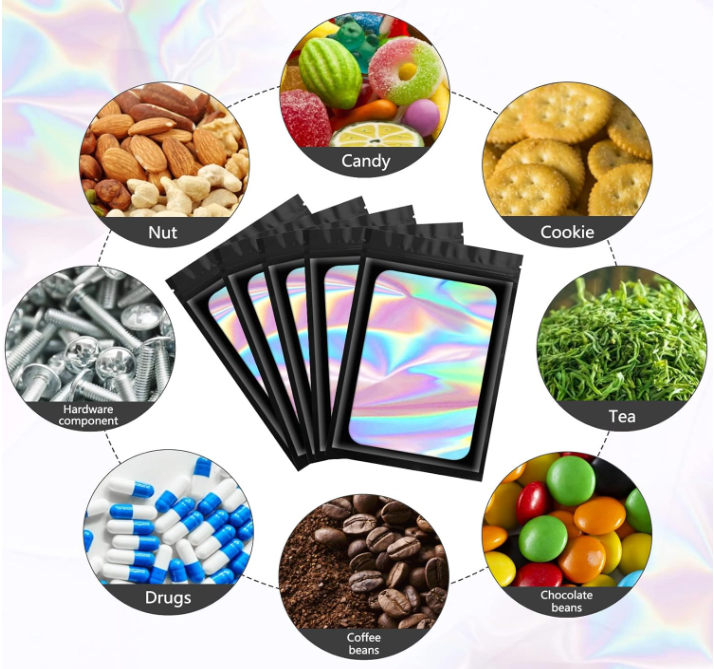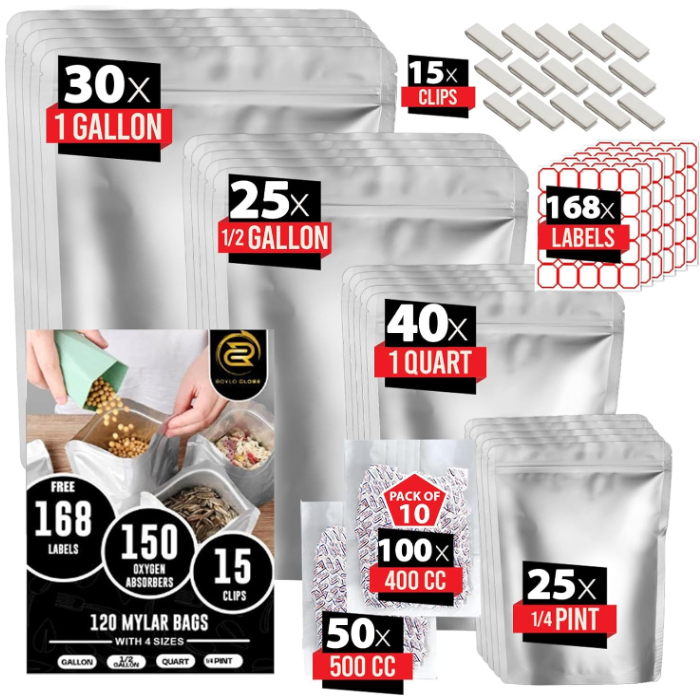What Is Mylar and What Are Its Applications in Food Packaging?
Mylar, a durable, metallic material, is often used in the packaging of products that require long-term freshness, such as coffee beans, nuts, pet food, and health supplements. What exactly is it? Why has it become a favorite for fresh-keeping packaging in the food industry?
As a company specializing in high-performance, customized flexible packaging, MTPAK will provide a comprehensive analysis of the key roles and advantages of Mylar in food packaging from both a scientific and application perspective.
What is Mylar?
Mylar, a registered trade name of DuPont, typically refers to biaxially oriented polyethylene terephthalate (BOPET) film. This material offers excellent heat resistance, mechanical strength, and barrier properties.
Compared to conventional plastic films, Mylar is more durable and maintains its performance in complex processing and transportation environments, making it particularly suitable for food industry products that require high freshness and safety.
What are the advantages of using Mylar for food packaging?
Excellent barrier properties
Mylar effectively blocks oxygen and moisture, significantly extending the shelf life of food and preventing flavor loss or quality degradation.
Wide temperature resistance
Suitable for heat sealing, it remains stable even in cold chain environments, resisting brittleness.
High strength and puncture resistance
Prevents bag breakage even when packaging hard foods such as nuts and coffee beans.
Excellent printing performance
Mylar's surface is compatible with digital and gravure printing, enabling high-resolution and saturated graphics, helping brands enhance their shelf presence.
What are the applications of Mylar in food packaging bags?
Coffee and Tea
Preserves the aroma and oils of coffee beans, preventing spoilage due to oxidation. It is often used with a one-way degassing valve to allow carbon dioxide to escape without letting air in. It can effectively protect tea packaging from moisture and light, preserving the tea's original flavor.
Nuts and Snacks
Prevents oil oxidation and the development of rancidity.Provides long-term protection for snacks such as dried fruit, cereal, and energy bars.
Frozen and Ready-to-Eat Foods
Low-temperature resistance makes them suitable for cold chain transportation, reducing the risk of freezer burn. It can be used in vacuum packaging to preserve the taste and nutritional value of food during long-term storage.
Powders and Grains
Such as rice, oats, and protein powder, Mylar bags offer moisture and insect resistance, ensuring the stability of bulk foods during storage and transportation.
What are the common types of Mylar in food packaging bags?
Flat pouches: Ideal for small food packages or samples, such as snack bags.
Stand-up pouches: With a bottom support, they enhance shelf presence and are commonly used for nuts and ground coffee.
Side gusset bags: Large capacity, suitable for packaging coffee beans or grains from 500g to 2kg.
Zipper and valve bags: Easy to reuse, they preserve the freshness of food after opening.
Never do these things when using Mylar bags
Myth 1: All Mylar bags are suitable for food.
In fact, Mylar bags used for food must meet FDA or EU food contact standards to ensure safety.
Myth 2: Mylar is equivalent to aluminum foil bags.
Mylar film can be laminated with aluminum foil, but they are fundamentally different. Aluminum foil provides stronger barrier properties, while Mylar is lighter and more durable.
Myth 3: Focusing solely on appearance and ignoring barrier properties.
Ignoring OTR (oxygen permeability ratio) and WVTR (water vapor permeability ratio) may result in packaging that fails to truly preserve food freshness.
Myth 4: Ignoring the sealing process compatibility of Mylar bags.
Mylar's heat-sealing temperature range is different from that of standard PE (Mylar's heat-sealing temperature is typically 130-160°C, while PE's is 100-130°C). Using PE's heat-sealing parameters to process Mylar bags can easily lead to poor sealing.
How to choose the right Mylar food packaging bag?
Choose bag thickness based on product attributes: Nuts and grains require heavier bags, while lightweight snacks can opt for thinner bags.
l Confirm bag structure: Choose gusseted bags for large volumes, flat bags for small packages, and stand-up pouches for retail displays.
l Integrate functional design: Consider whether a degassing valve, zipper, or laser tear-off notch is required.
l Focus on compliance and certification: Ensure packaging materials meet food contact safety standards.
l Consider brand sustainability: Based on target markets, evaluate whether recyclable or environmentally friendly solutions are appropriate.
Conclusion
Mylar (BOPET) lamination technology provides a near-perfect protection solution for food packaging, especially for products requiring the utmost in freshness preservation. MTPAK, with its extensive experience, can tailor a Mylar lamination packaging solution tailored to your product characteristics, shelf life requirements, and budget.
For flexible packaging solutions, please contact us:
Email:account@mtpak.com
Contact us:https://mtpak.com/contact-mtpak




